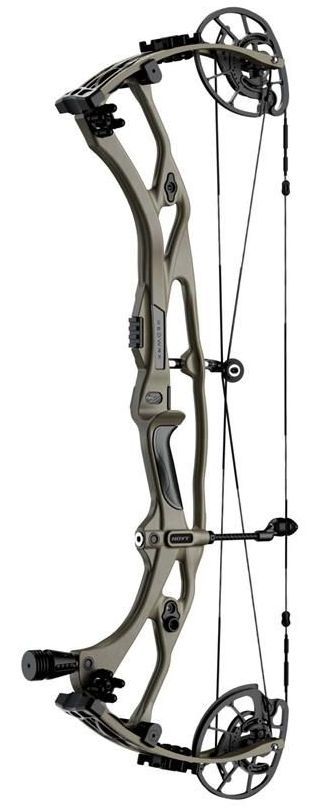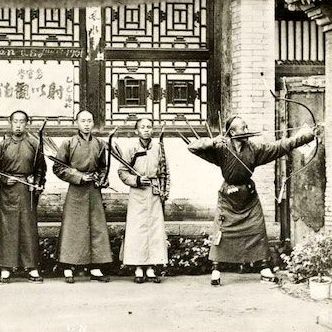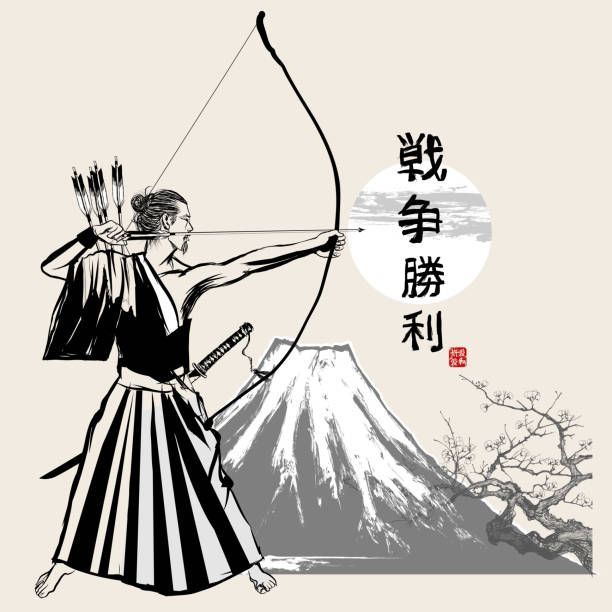
Therefore, conducting the sport on a dedicated archery shooting range, following proper instruction from accredited coaches and adhering to all given safety instructions during the lessons is mandated.
Being a member of the ABA Ltd and one of the Branch A Archery Clubs provides you with mandatory liability insurance and support if an incident would occur.
WHAT YOU NEED TO SHOOT A BOW ...

Equipment
There are many different types of archery bows available to provide archers with a great variety of shooting styles and challenges in target archery.
Accredited coaches are available to provide advice on the various types of equipment available and where to shop, as well as how to safely use and care for your archery equipment.
Overall, there are
3 main styles of archery bows:

Arrows
Modern or traditional archery. Choosing the right arrows for your bow is equally important as choosing your bow itself. Dependent on what style you’ll going to shoot, learning about the different parts of the arrows (shaft, arrow head, fletching and nock) and how they can influence your accuracy and safety is important.
Once you have chosen your bow and arrows you will move on to the next decision of which shooting style you prefer — unsighted or sighted. Additionally, choosing the correct bow attachments like arrow rest, finger release or use release aid, etc. etc.is equally important and will influence your accuracy and shooting experience. It’s important to observe and talk to experienced archers to find out about of the great varieties and options and decide what suits you and your preferred shooting style.

Field Archery
Field Archery involves shooting arrows at different types of targets of either marked or unmarked varying distances, dependent on the shooting discipline.
The most popular games with unmarked distances are ABA Vinyl and 3D rounds. For marked distances, the most common shoots are based on the International Field Archery Association (IFAA) Field, Hunter and Animal rounds. Competition format varies with each game. Some targets are conventional circular targets while others are animal pictures or 3D rubber shaped feral animals. Each target has a designated score zone. Scores are calculated from the amount of arrows shot and the target zone hit. In competitions, the archers compete in divisions based on their skill level, age group and type of equipment being used. The age groupings are as follows:

Bowhunting
Bowhunting is a sport of ethically hunting feral animals with bows and arrows. The Australian Bowhunters Association Ltd teaches safe and ethical bowhunting.
To achieve this, each ABA club runs Bowhunting Proficiency Courses, which a member must successfully pass before being permitted to go hunting. Bowhunting trips are usually arranged by club members personally, either on government hunting reserves, on private property with owners permission or on commercial hunting properties/safaris.











